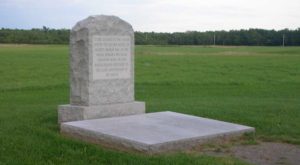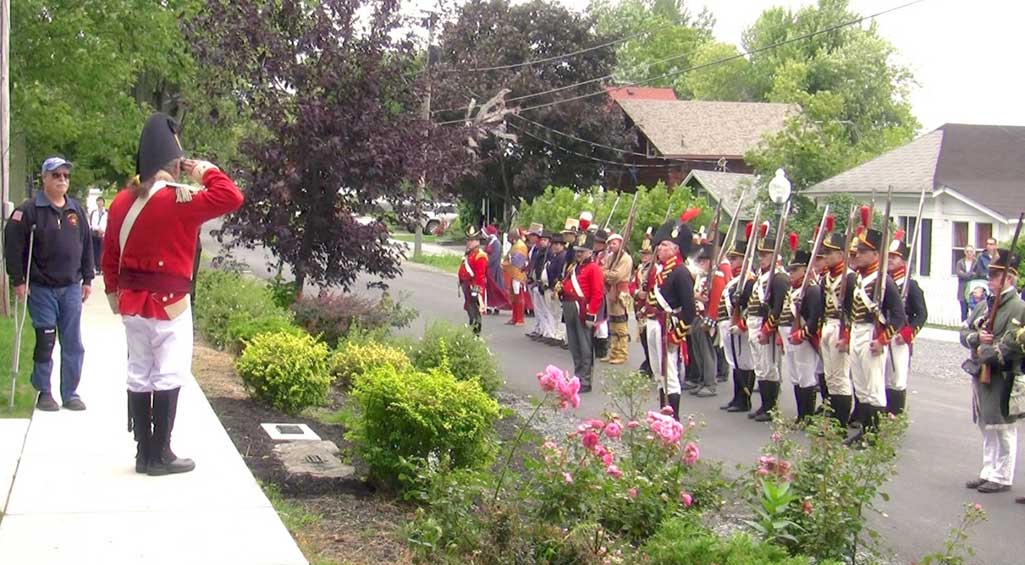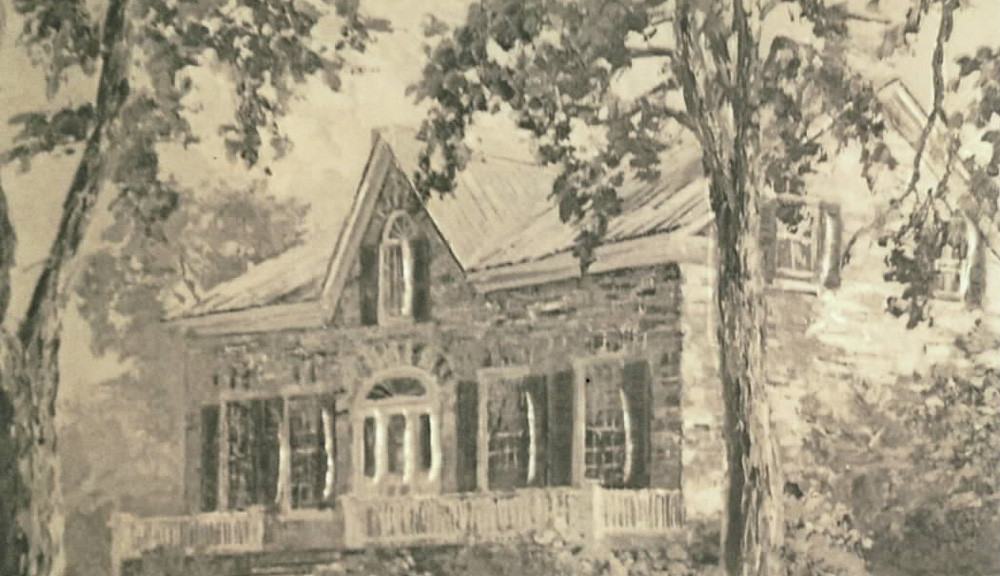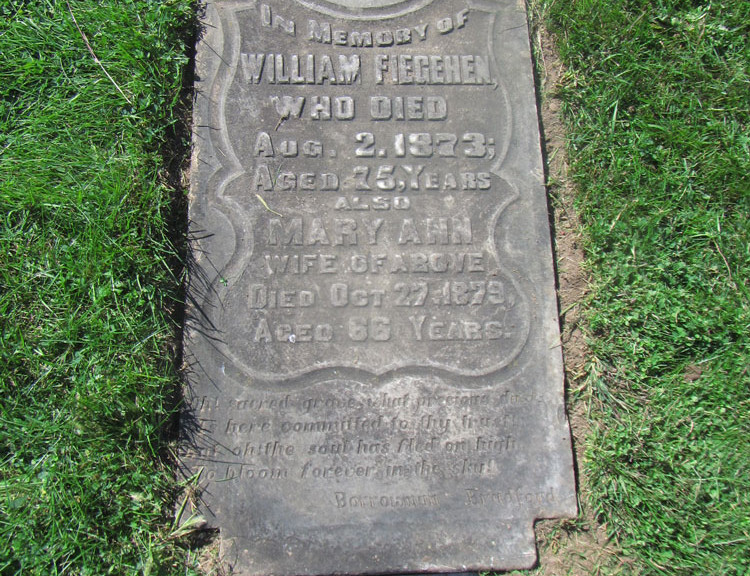 The British Raid
The British Raid
on the
American Naval Base at
Sacket’s Harbor, 1813
When the campaign season opened in April 1813, the United States planned to exploit their control of Lake Ontario by attacking Kingston, York and Fort George in the Niagara, with a force assembled at Sackets Harbor. As American intelligence indicated the defences at Kingston were formidable, it was decided to first attack York and then hold it until a relief force was detached from Fort George to reclaim it. The Americans would then make a lightening move across Lake Ontario, reduce that fort and, aided by an army that would cross the river, secure the Canadian side of the Niagara. Afterwards, a blockade was to be established at Kingston to contain the British naval squadron. American Commodore Chauncey would then proceed direct to Lake Erie and then “destroy” British naval power, take Malden and Detroit, and then proceed into Lake Huron and attack Mackinac. Continue reading Crown Forces
2nd Battle
Sackets Harbor



